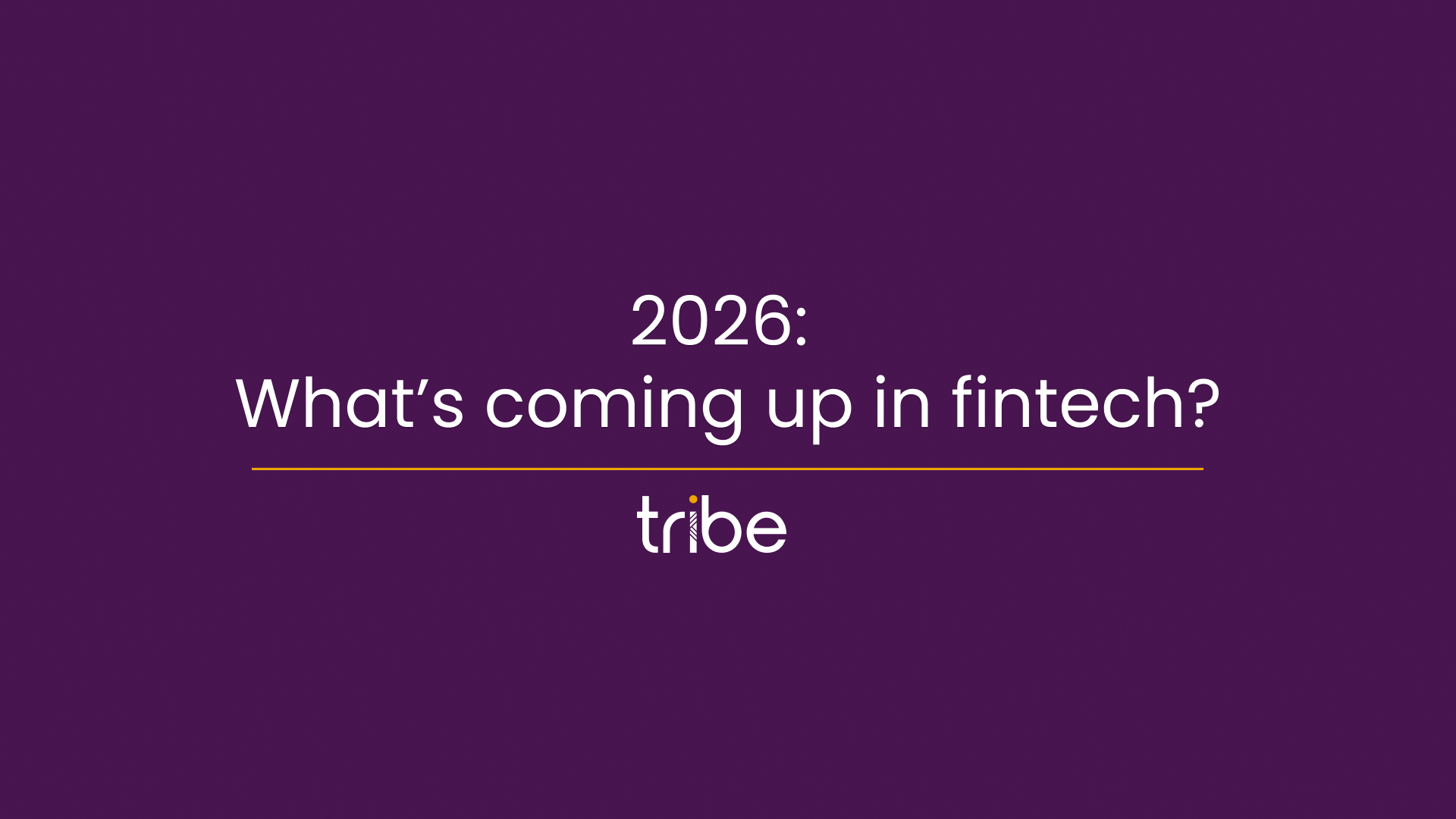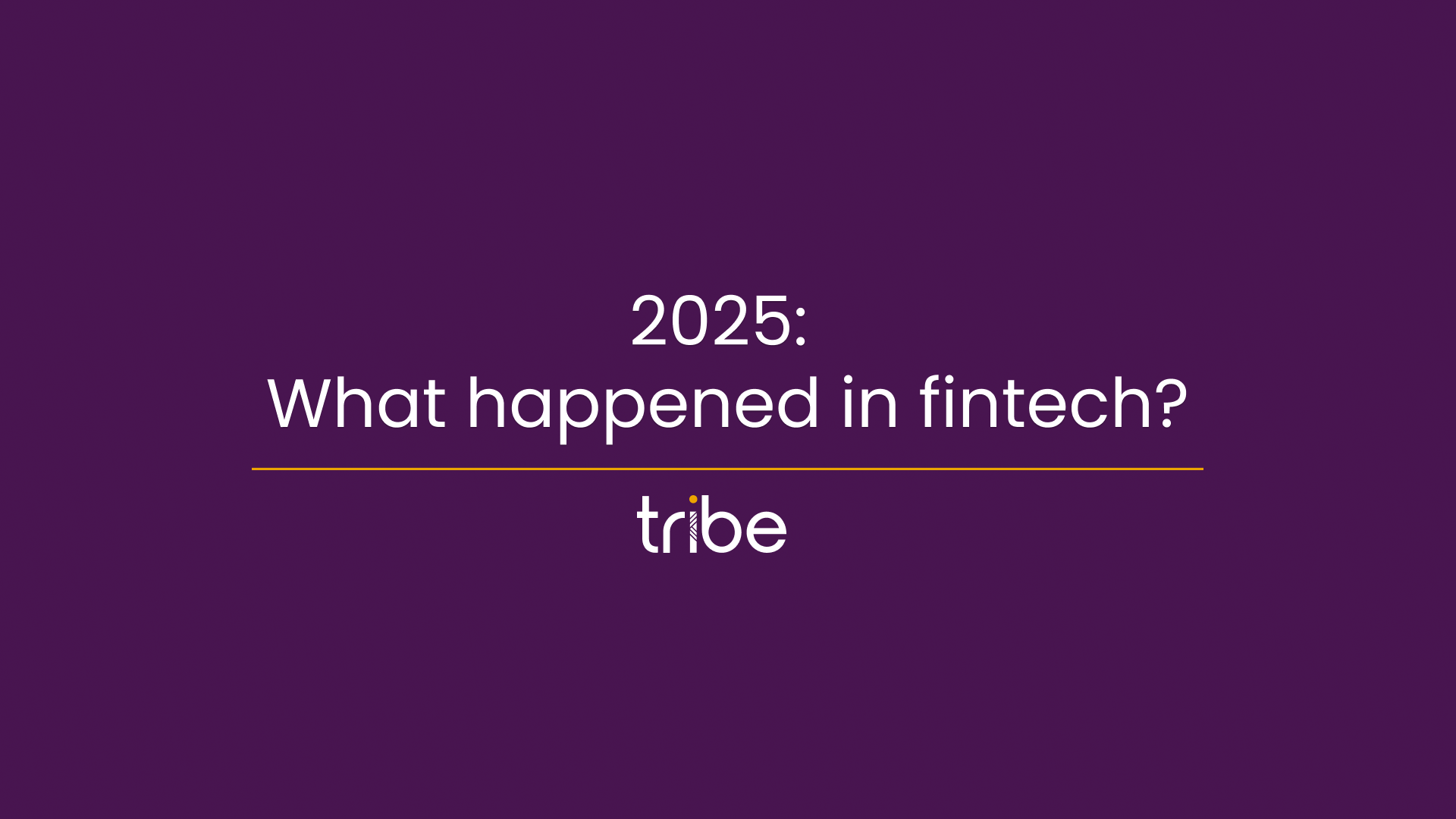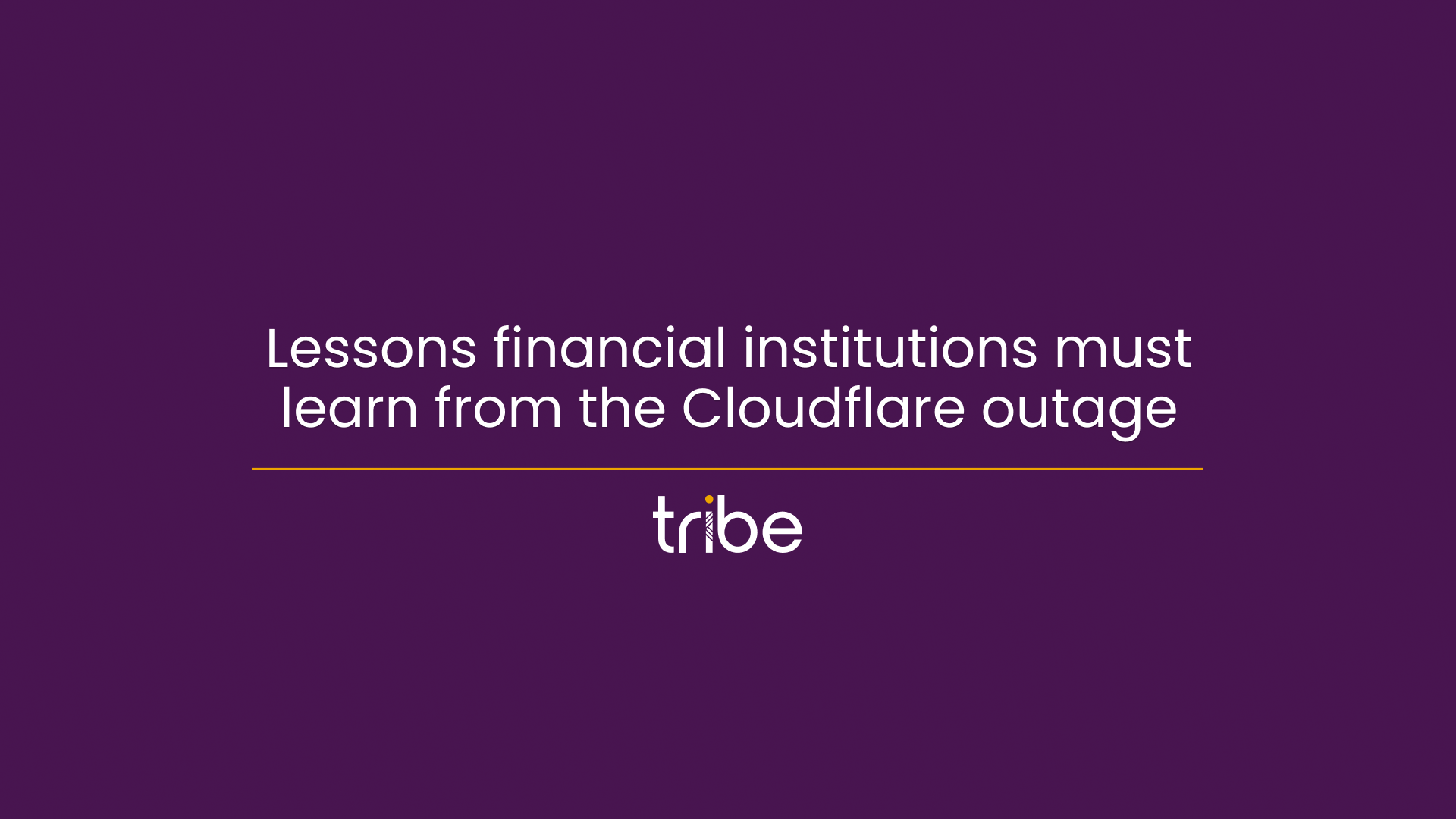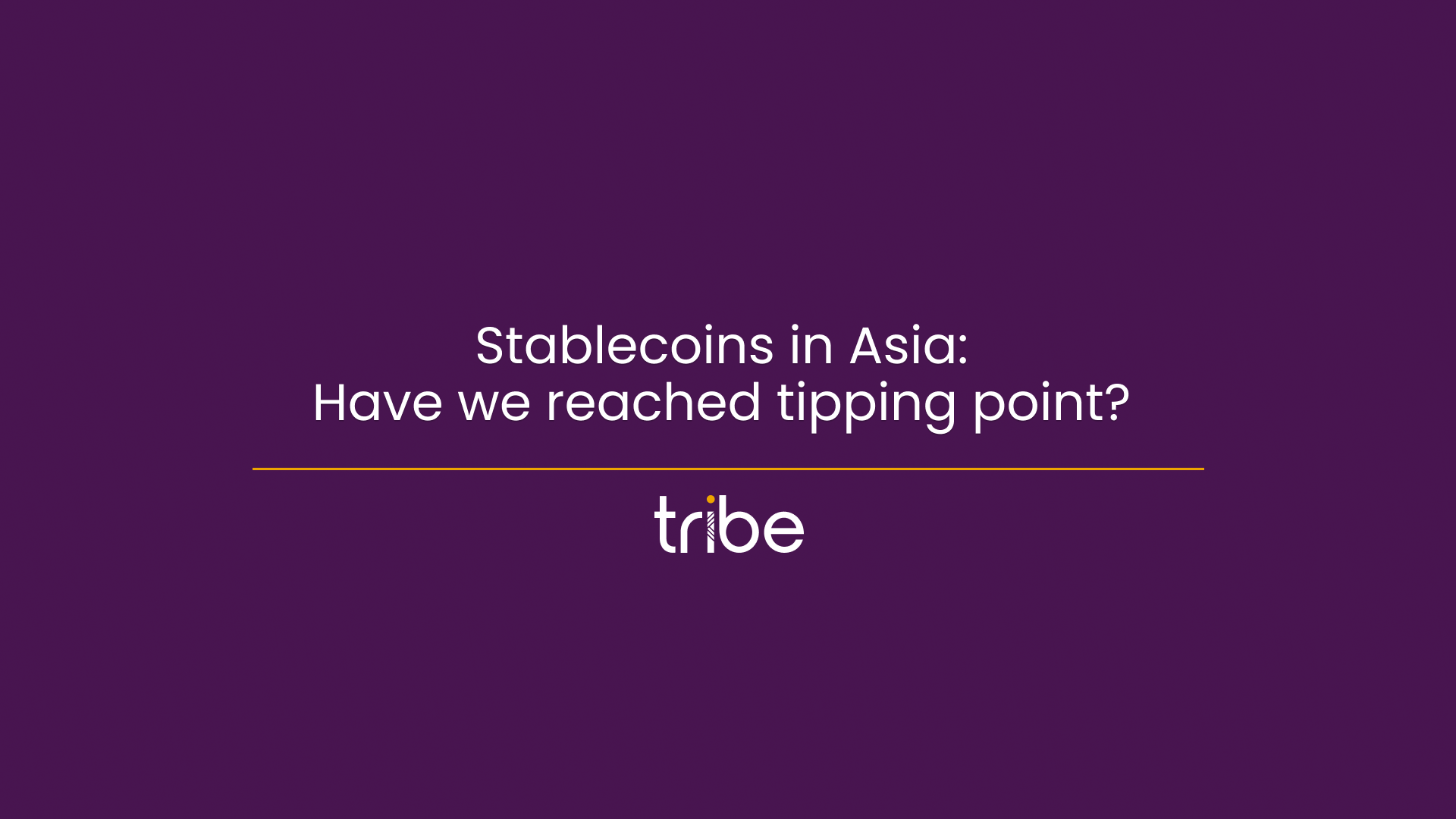X Marks the Spot: How XaaS is changing the fintech sector
The anything and everything as a service (XaaS) model has revolutionised society. Hugely attractive to businesses across sectors, it has been especially embraced by the fintech sector.
Why? Quite simply, XaaS has been a game-changer for fintechs, opening up a world of opportunities. Not only can a fintech itself be a service provider – as many are – but the XaaS model is spawning countless fintech-to-fintech partnerships. As a result, the time to get a new start-up off the ground has been dramatically reduced by outsourcing the heavy lifting to another specialised fintech, allowing both parties to focus on what they do best.
The rise of XaaS
XaaS is not a new concept. Far from it. Effectively, XaaS can describe most technological aspects of the tertiary sector. With the rise of broadband and high-speed internet in the mid-2000s, and most importantly cloud technology and the access to it, so too did the shift towards the ‘as-a-service’ model become more prevalent, spurred on perhaps most visibly by the likes of Adobe and Microsoft.
Why XaaS is growing in usage and popularity:
- For many businesses offering ‘as-a-service’ solutions, the option of a subscription model can allow them to earn a sustained income stream, improving predictable revenue and cash flow.
- For the recipient business, benefits include ongoing security and support, and software / new feature updates, as well as the possibility of spreading the cost of the service more evenly.
- XaaS also allows businesses to outsource components to specialists, and focus on their own product – allowing experts to handle aspects that may otherwise be too time consuming and complex to resource inhouse.
- Using XaaS solutions can also help businesses on a more practical level, such as saving the space required for servers and storage, not to mention the associated expense.
The A-to-Z of XaaS: Acquiring
We could probably go through the alphabet and find a fintech-related service that fulfils each letter – don’t worry, we won’t – but we will begin with AaaS: Acquiring-as-a-Service. Put simply, AaaS is a more fluid, omnichannel approach to acquiring, underpinned by modern, flexible technology, which can better support merchant needs. In line with other XaaS models, it overcomes the reliance on legacy technology, and can give merchants the ability to deliver the customer experience that today’s consumers demand – something which was a key issue highlighted in our recent report, Solving the pandemic payments puzzle.
Tribe’s tech stack allows both traditional and newer acquirers to offer AaaS, and our platform enables acquirers to provide integrated payments services across all channels with a variety of payment methods.
Banking as a Service
BaaS is essentially the provision of banking services and products by a third-party – effectively allowing non-banks to provide fundamental banking services. It typically results in a more streamlined, transparent and efficient model. Often paired with embedded finance, the differences were discussed on the first episode of our podcast, To Fintech and Beyond, with Alex Reddish and Conchur Gill.
Data as a Service
It does what it says on the tin: data is everything, and providers offering DaaS can help companies gain valuable insights into their target audience. Another issue highlighted in our European Merchant report was how merchants yearn for insights from their acquirer or payments partner. Acquirers looking to maximise their offering and provide added value should look to partner with a DaaS provider if they are unable to offer the solution natively.
Infrastructure as a Service
IaaS refers to the architecture that underpins the base technology of any given offering. Typically, IaaS comprises a collection of physical and virtual resources broken down into three main components: compute, network and storage; along with physical data centres. These services are mainly run in the cloud, with businesses able to scale resources up and down as required.
Software as a Service
SaaS is the most mainstream XaaS solution. While not often thought about as SaaS offerings, the likes of Netflix and Spotify also fall into this category, along with other programmes like Dropbox and Slack. SaaS is not without criticism, however, as – while spreading the cost of the service can make it easier on a customer’s pocket – the contract to which the customer is tied to can be a bone of contention. Users can be ‘locked out’ of services if they don’t pay the subscription fee, unable to continue with long-running services, which would not have occurred with legacy downloaded software, where once you paid up front for a package, and that was good enough.
Of course, not all ‘as a service’ offerings fit neatly into one category. Some span more than one, for example Amazon Web Services (AWS), which can be viewed as a mixture of IaaS, PaaS (platform) and SaaS. It’s also fair to say that in the ever-changing world of fintech, there are new solutions popping up all the time, creating more ‘as a service’ pockets and blurring the lines between existing categories.
To the future
Broadly speaking, the rise of XaaS shows no signs of abating. With new technology comes new opportunities for fintechs to provide solutions as a service. One thing to look out for will be the rise of specific ‘XaaS providers’ – agency-style companies that aggregate service-led fintechs and provide packaged solutions for customers on their behalf.







.png)
.png)



.png?width=137&height=90&name=Payments%20Awards%20(1).png)


.png)